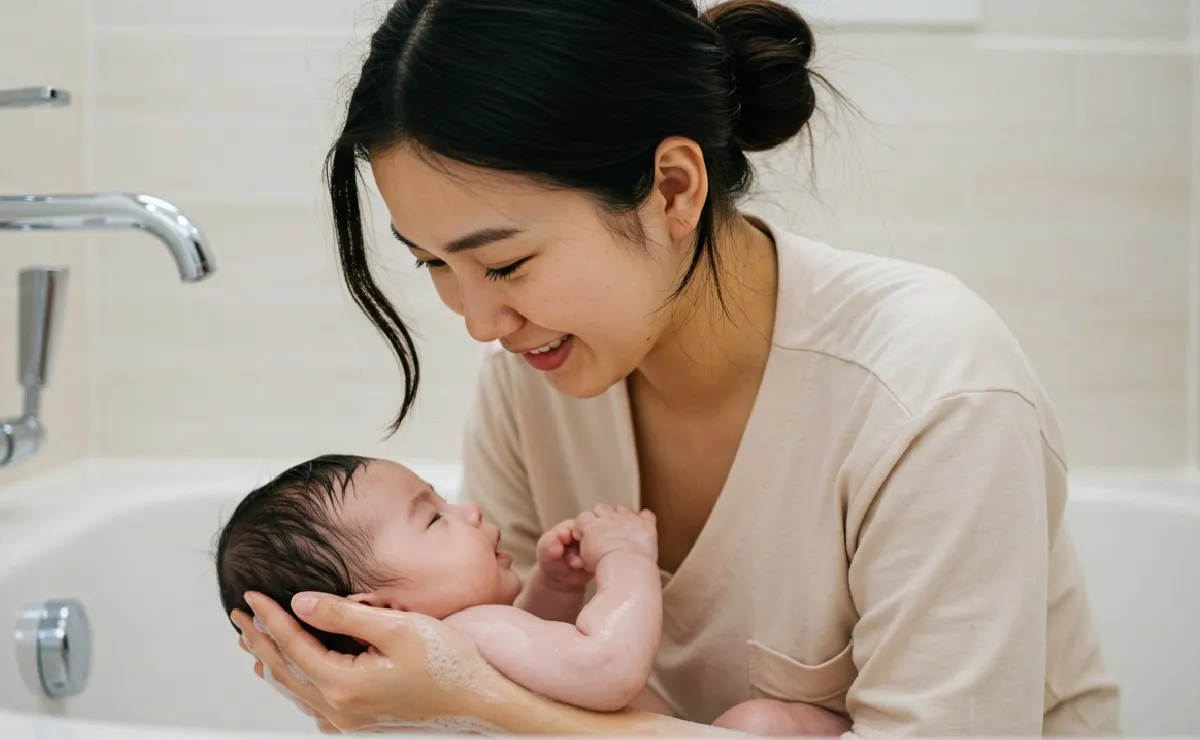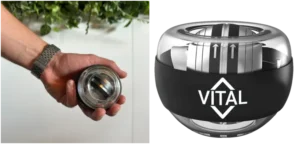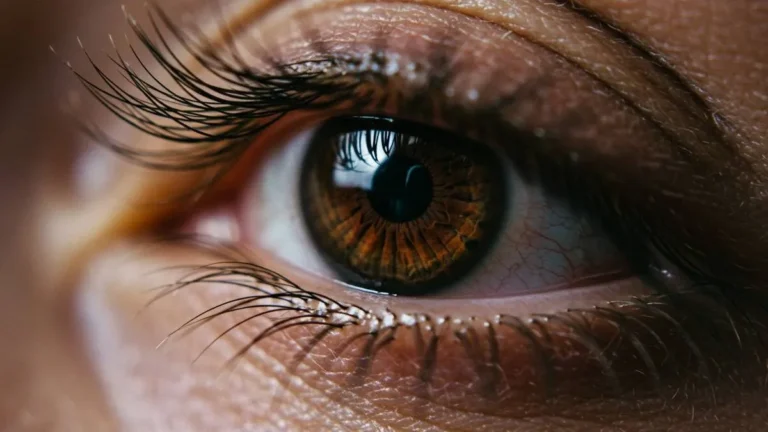Bathing a newborn can be anxiety-inducing for new parents, but with the right information, this moment can become a safe and enriching experience.
Bathing a newborn may seem like a simple task, but for new mothers and fathers, it represents one of the most common challenges in the first weeks of life.
To help resolve common questions about this crucial time in childcare, Dr. Norma Herrera Roque, a specialist at the Faculty of Higher Studies (FES) in Zaragoza, shares a series of essential recommendations.
According to Dr. Herrera, a baby’s first bath should take place at least 24 hours after birth, not immediately, as was done in the past.
This wait allows the vernix caseosa, a whitish substance that covers the newborn‘s skin, to fulfill its protective and moisturizing function before being absorbed naturally.
Recommended bathing frequency for newborns
During the first months of life, it’s not necessary to bathe your baby every day. The appropriate frequency, according to the expert, is two to three times a week, always with short, gentle baths. Once the umbilical cord falls off, which usually occurs between the first and second week, warm water can be used for bathing, without changing the frequency.
If products such as shampoo or body wash are used, they should be specifically formulated for babies, with a neutral pH and without perfumes or alcohol, to avoid adverse skin reactions.
Basic preparations before bathing the baby
To ensure a safe and comfortable experience, it is essential to prepare all the necessary items in advance:
- Infant tub with built-in thermometer or backrest.
- An exclusive and soft towel to dry the baby without rubbing.
- Clean clothes are placed nearby for quick dressing after bathing.
- Damp sponge, exclusive for its use, and never soaked.
The ideal water temperature should be between 36 and 38°C, preferably 37°C. It’s recommended to fill the tub first with cold water and then with warm water to prevent accidents. The water level should be between 8 and 10 cm. It’s also crucial to avoid drafts in the room, as newborns do n’t yet regulate their body temperature well.
Steps for Safely Bathing Your Baby
The bath can begin with careful cleansing of the face, avoiding getting water in the eyes or mouth. Then move on to the head and scalp, where cradle cap may appear, which should not be removed abruptly.
Afterwards, the entire body is rinsed, paying special attention to the skin folds, the groin, and, in the case of girls, the vaginal lips, which should be gently separated for cleaning. For boys, it is important to thoroughly clean the area under the testicles.
Bath time should not exceed 10 minutes, and any distractions should be avoided to ensure the baby’s safety.
Drying, moisturizing, and bonding
After bathing, the baby should be gently dried without rubbing using a special towel. A fragrance- and alcohol-free moisturizer can then be applied to protect the baby’s skin without interfering with the olfactory bond between mother and child.
Dr. Herrera emphasizes that bathing is not just a hygiene routine, but also an opportunity to observe the baby’s body, detect possible abnormalities such as irritations or rashes, and strengthen the emotional bond between parents and children.
Can bathing frequency change?
For the first six months, the recommendation is to bathe your baby two to three times a week. As your baby begins to crawl or move more, the frequency can increase to three or four times, depending on the family’s activity level and preferences.























+ There are no comments
Add yours